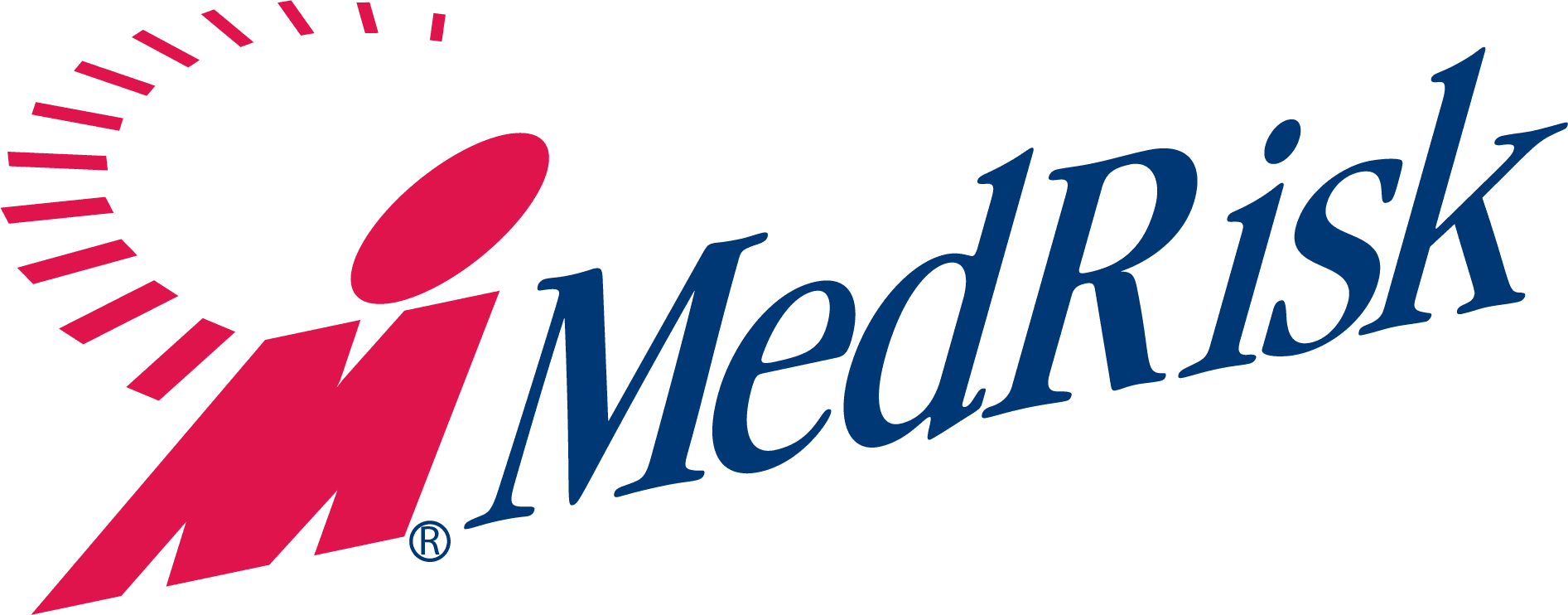Simple precautions employers can take to protect their workforce from harmful UV rays.
There is a common misconception that sunburn is something you can feel as it happens; however, solar ultraviolet radiation (UVR) can damage skin without detection. More than 100 million Americans will experience sunburn this year, and thanks to a depleted ozone layer, exposure to UVR has increased, making sunburn, and its symptoms, more intense.
How can employers help workers protect themselves from sunburn – and a heightened risk of skin cancer? Here are three tips for keeping your worksite sun-safe no matter the season.
1. Share sun protection strategies.
Although sunburn prevention measures are no secret, they are not always practiced 100% of the time. It is encouraging that in 2010, 70% of adults reported that they usually or always practice at least one of the three sun-protective behaviors described below. However, given the extended hours that many workers can spend at an outdoor worksite, it is important to remind employees of these proven strategies to block out UV rays.
- Dress the part. A quick test to tell if you’re wearing sun-protective garb: place your hand between a single layer of fabric and a light source. If you can see your hand, the clothing does not offer optimal protection. A wide-brim hat also helps protect the head, forehead, ears, eyes, nose and scalp, and UV-absorbent sunglasses can block 99-100% of UVA and UVB radiation.
- Apply sunscreen. Sunscreen 15 SPF and above should block 93 percent of UV rays. Tell employees to follow product directions to ensure continuous protection.
- Limit exposure and seek shade when appropriate. UV rays are most intense between 10 a.m. and 4 p.m. An easy sun intensity test: if your shadow is shorter than you, the sun’s rays are at their strongest.
2. Modify working conditions as needed.
In addition to encouraging good habits among your employees, there are many ways to modify your work conditions to protect your workforce from overexposure. UV rays are strongest during mid-day, near the equator, during summer months and at very high altitudes. Bearing this in mind, it’s sometimes useful to train workers to use the UV Index Scale, a rating system established by the World Health Organization. The Index incorporates effects of the position of the sun in the sky, forecast cloud cover and ozone amounts into its level-based scoring system, which is used to warn people of increased risk. At level 3 or higher, the amount of solar UV radiation is strong enough to damage skin. Therefore, many workplaces have their employees adjust their schedules when levels are “very high” or “extreme.” In addition, employers should schedule breaks for workers to seek out workplace-provided shade, such as tents, shelters and cooling stations, and to reapply sunscreen. Schedules that minimize outdoor tasks during mid-day and rotate workers to reduce UV exposure are also recommended.
3. Incorporate sun safety into policies and training programs.
Making strides toward sun safety is much easier when it is integrated into your company culture and policy. Here are a few ways to get started.
- Skin protection is an oft-overlooked aspect to overall wellness, so be sure to incorporate it into your workplace wellness program, perhaps in the same unit as avoiding heat illness.
- Teach employees about the signs and symptoms of UV exposure, such as red, warm and tender skin, blistering, headache, nausea fatigue – but also warn them that symptoms may not start for about 4 hours after sun exposure.
- Encourage outdoor workers to model sun-safe behaviors and to discuss the importance of sun protection with coworkers and customers alike.
The effects of sunburn may not be immediately apparent. Symptoms may be delayed and signs may not be readily visible. But don’t underestimate the impact it can have on employee health and workplace operations. By adapting your work policies to be more sun-conscious – and simultaneously encouraging workers to keep their skin health top of mind – the risks of UV exposure can be effectively mitigated.



